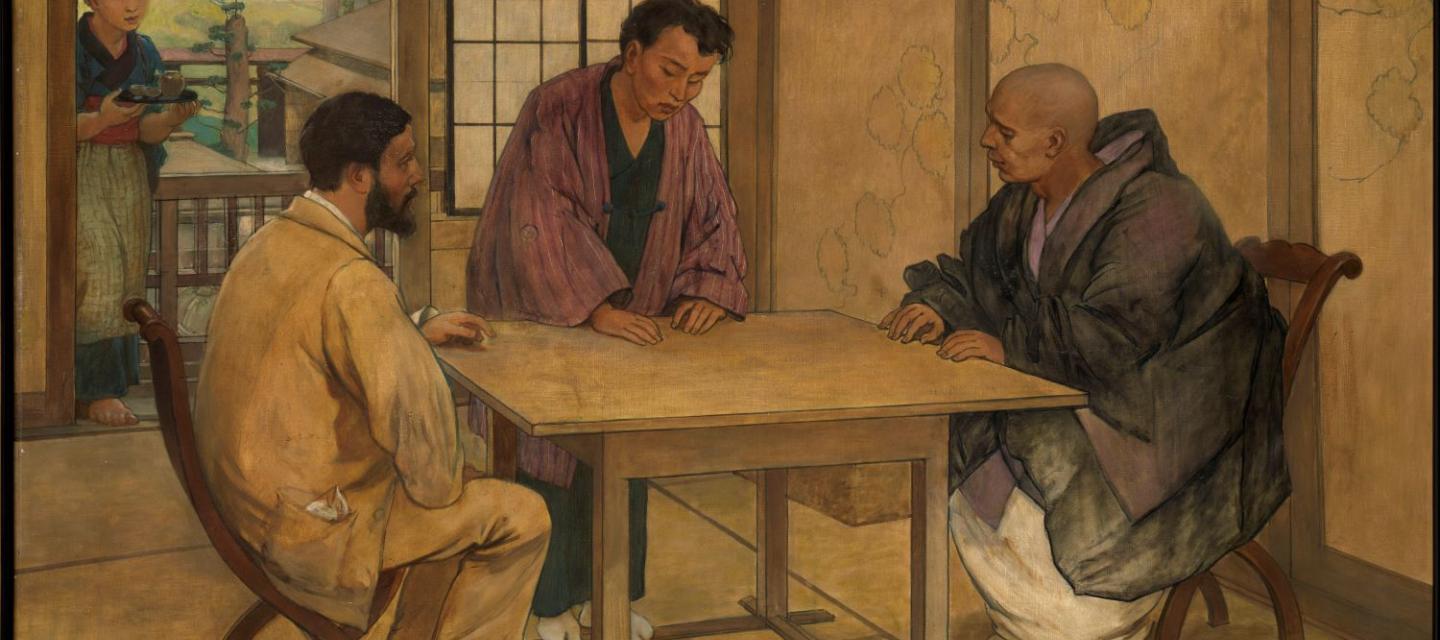
Émile Guimet
An entrepeneur and a seasoned traveler
A visionary and a passionate entrepreneur, Émile Guimet was born in 1836 in a wealthy family in Lyon that made a fortune in chemical industry. His father Jean-Baptiste Guimet (1795-1871) developed the industrial production of synthetic ultramarine blue, also known as 'Bleu Guimet'.
Émile Guimet looked after a business he showed little interest for and developed an early passion for traveling and discovering the world with a curious and open mindset that is visible in the traveling accounts he wrote and published upon his return from Spain (1862), Egypt (1865), Greece, Turkey, Romania and Austria (1868). His discovery of the newly opened Cairo museum, conceived by Egyptologist Auguste Mariette, was a decisive one. He dreamed of founding a similar institution in France with an original scenography highlighting objects, a scientific discourse accessible to the public and a lively place for discovery and learning.
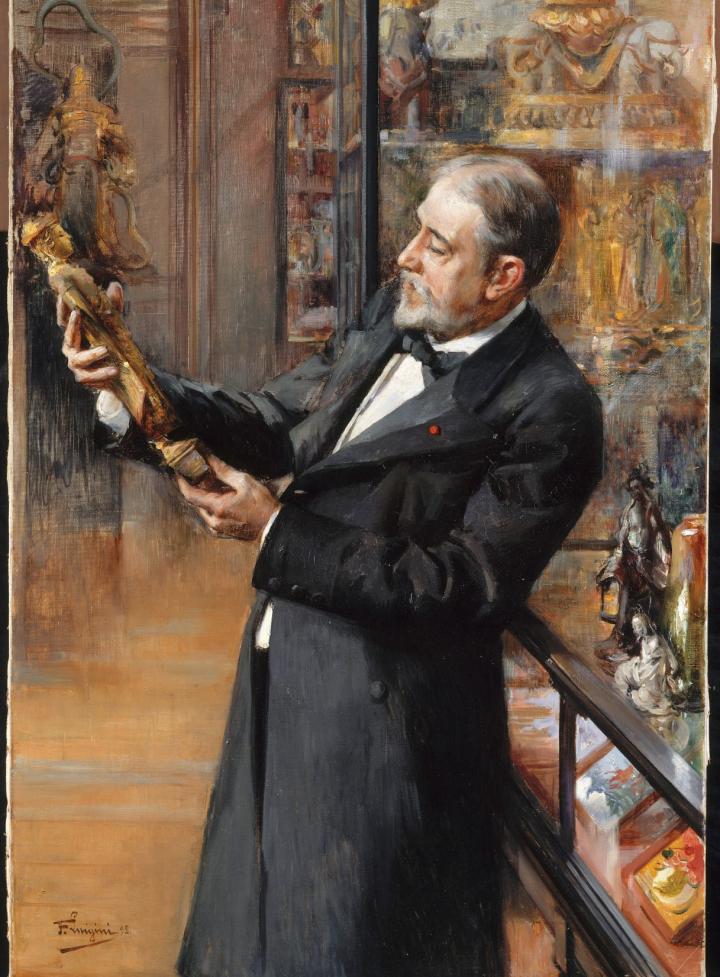
Photo (C) RMN-Grand Palais (MNAAG, Paris) / image RMN-GP
Portrait d'Emile Guimet par Ferdinand Luigini
A museum and a project
With and endlessly curious mind, Guimet soon gathered a collection of religious artefacts from Egypt, Greece and Rome. His journey to Japan, China and India in 1876 enabled him to acquire a set of pieces that were meant for the musée des Religions he had built in Lyon in 1879.
With the firm belief that his life work would gain more acknowledgement in Paris, he negotiated for the musée des Religions to be transferred in the capital city. He was offered some land on place d'Iéna where a replica of the Lyon museum was built. Émile Guimet donated his collection to the French State and the museum was inaugurated in 1889, the same year as the Eiffel Tower.
Until his death in 1918, Émile Guimet worked on developing the museum, with a large library and an ambitious scientific publication policy.
An extraordinary character, Émile Guimet gathered one of the finest collections of Asian art in the world while traveling. By founding his museums, he wished to share his fascination for eastern cultures and religions with his contemporaries.

Émile Guimet was born in Lyon in a wealthy family of industrials. His father, Jean-Baptiste Guimet, is the inventor of the 'Bleu Guimet'.

Émile Guimet started collecting Egyptian antiques and published Croquis égyptiens : journal d’un touriste in 1867.
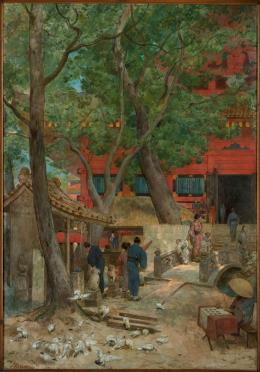
Accompanied by Félix Régamey, Émile Guimet started a tour to Japan via America after visiting the Philadelphia Universal exposition. He also traveled to India.
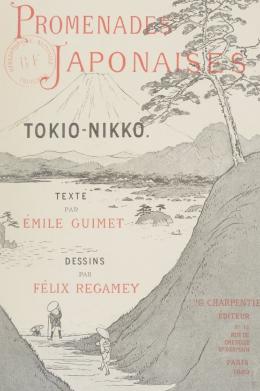
Publication of a two-volume traveling account, Promenades japonaises et Promenades japonaises.Tokio-Nikko.
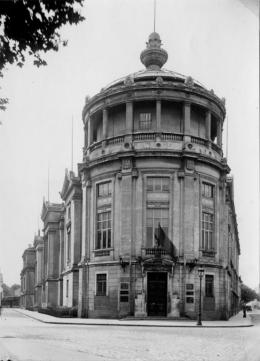
Émile Guimet wished to create a school of oriental languages in Lyon, a project which did not materialise, as well as a 'museum of religions'. In 1879, the building was inaugurated by Jules Ferry.
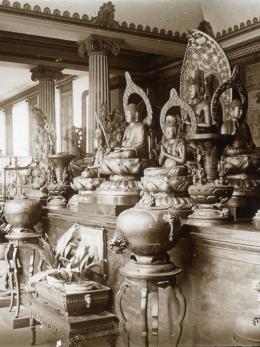
Émile Guimet donated his entire collection to the State for the building of a replica of the Lyon museum in Paris. He was named Director and administered his Asian collections, Egyptian objects, Greek and Latin antiques and Amerindian pieces.
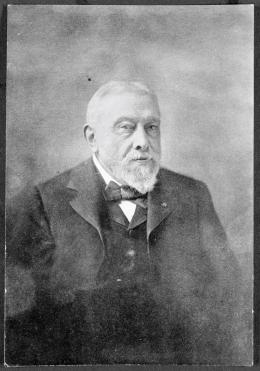
Émile Guimet died after founding two museums, initiating several donations and commissioning a number or archaeological missions.
